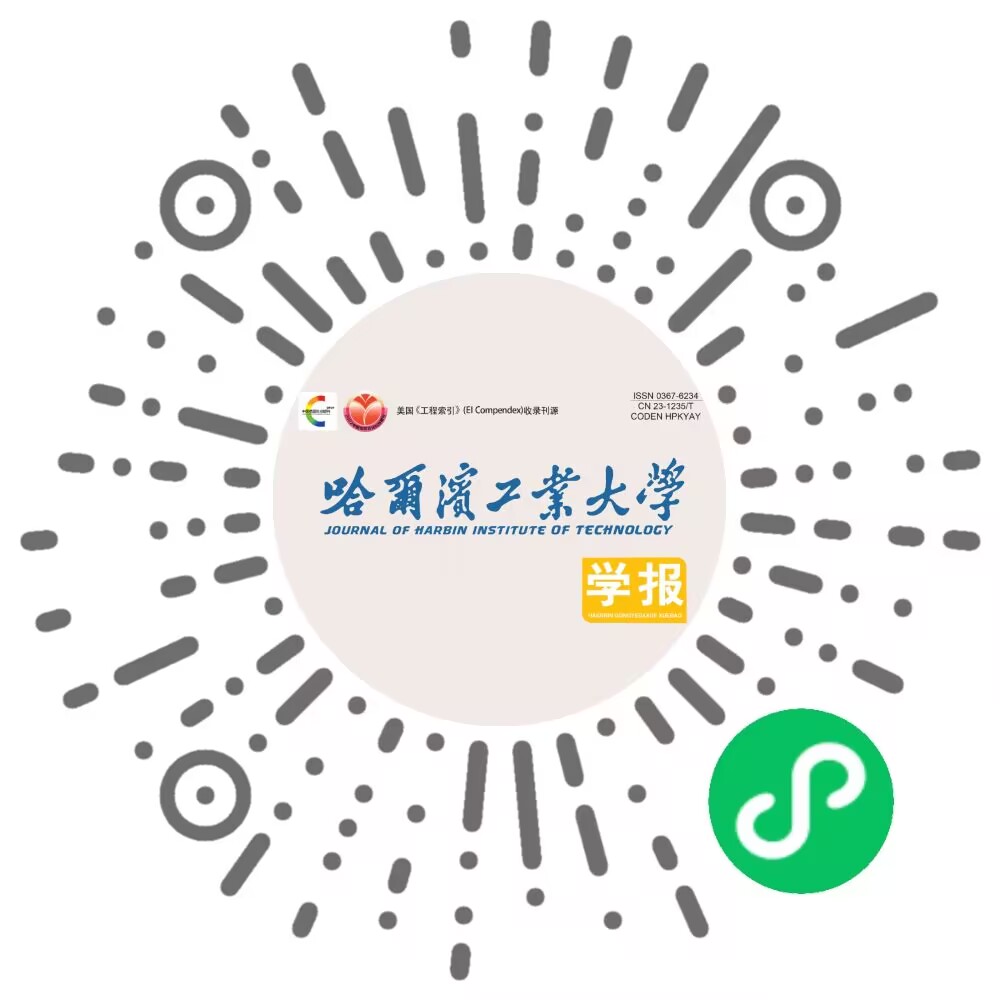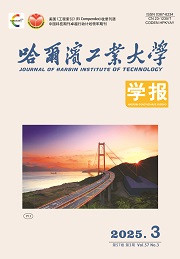| 引用本文: | 王赛,时玉龙,李魁晓,许骐,王刚,魏凡钦,郑晓英.臭氧-生物活性焦工艺对二级出水净化效果[J].哈尔滨工业大学学报,2022,54(8):27.DOI:10.11918/202106096 |
| WANG Sai,SHI Yulong,LI Kuixiao,XU Qi,WANG Gang,WEI Fanqin,ZHENG Xiaoying.Ozonation and biological activated coke filtration for advanced treatment of municipal secondary effluent[J].Journal of Harbin Institute of Technology,2022,54(8):27.DOI:10.11918/202106096 |
|
| |
|
|
| 本文已被:浏览 835次 下载 1316次 |

码上扫一扫! |
|
|
| 臭氧-生物活性焦工艺对二级出水净化效果 |
|
王赛1,时玉龙2,李魁晓2,许骐2,王刚2,魏凡钦3,郑晓英1
|
|
(1.北京市水质科学与水环境恢复工程重点实验室(北京工业大学),北京 100124;2.北京城市排水集团有限责任公司,北京 100022;3.环境模拟与污染控制国家重点联合实验室(清华大学),北京 100084)
|
|
| 摘要: |
| 为进一步探索再生水水质安全性保障技术,搭建臭氧氧化-生物活性焦过滤中试系统(O3-BACK),考察其对城市污水处理厂二级出水有机污染物、病原菌的去除效果,以及对发光菌综合生物毒性的影响。结果表明,活性焦滤柱由吸附饱和向生物活性焦发展的过程可分为3个阶段。较BACK单独过滤,O3前处理单元的引入,使后续BACK滤柱稳定期对CODCr的平均去除量与去除率分别提升了20.81%和28.35%。BACK滤柱出水CODCr、UV254、色度、浊度分别维持在12.74 mg/L、0.04 cm-1、2度、0.75 NTU附近。O3氧化对腐殖质、芳香族蛋白质类荧光组分和微量有机污染物均有较好的去除效果。除全氟辛酸外,BACK出水中磺胺甲恶唑等11种微量有机物质量浓度均降至10 ng/L以下。O3对粪大肠菌群(FC)有近2log的灭活,BACK出水FC浓度为31~504 MPN/L,满足观赏性景观环境用水FC<1 000 L-1的要求(GB/T 18921—2019)。O3氧化出水发光菌发光强度抑制率(IR)有所上升,均值为11%,而经BACK滤柱后的最终出水IR值始终为负值,无生物毒性。O3-BACK在有效削减污染物的同时,很好地保障了再生水的水质安全性,为污水再生与安全利用提供了可靠的技术选项。 |
| 关键词: 二级出水 臭氧氧化 生物活性焦过滤 微量有机污染物 发光细菌发光强度抑制率 |
| DOI:10.11918/202106096 |
| 分类号:X522 |
| 文献标识码:A |
| 基金项目:国家重点研发计划项目(2018YFC0406300) |
|
| Ozonation and biological activated coke filtration for advanced treatment of municipal secondary effluent |
|
WANG Sai1,SHI Yulong2,LI Kuixiao2,XU Qi2,WANG Gang2,WEI Fanqin3,ZHENG Xiaoying1
|
|
(1.Key Laboratory of Beijing for Water Quality Science and Water Environment Recovery Engineering (Beijing University of Technology), Beijing 100124, China; 2.Beijing Drainage Group Co., Ltd., Beijing 100022, China; 3.State Key Joint Laboratory of Environment Simulation and Pollution Control (Tsinghua University), Beijing 100084, China)
|
| Abstract: |
| To further explore the safety assurance technology for reclaimed water, a pilot ozone oxidation-biological activated coke filtration system (O3-BACK) was built and its effects on the removal of organic pollutants and pathogenic bacteria from secondary effluents of municipal wastewater treatment plants, as well as on the comprehensive biotoxicity of luminescent bacteria were investigated. Results showed that the development of activated coke filtration column from adsorption saturation to biological activated coke could be divided into three stages. With the introduction of O3 pretreatment unit, the average removal amount and removal rate of CODCr by subsequent BACK columns in the stabilization period increased by 20.81% and 28.35% respectively, compared with BACK filtration alone. The effluent CODCr, UV254, chromaticity, and turbidity of BACK column maintained at 12.74 mg/L, 0.04 cm-1, 2 degree, and 0.75 NTU. O3 oxidation was effective in the removal of humic substances, aromatic protein fluorescent fractions, and trace organic pollutants. Except for perfluorooctanoic acid, the concentrations of 11 trace organics such as sulfamethoxazole in BACK effluent were reduced to less than 10 ng/L. O3 inactivated fecal coliform (FC) by nearly 2log, and the FC concentration in BACK effluent was 31-504 MPN/L, meeting the requirement of “reclaimed water for aesthetic environment use” with FC < 1 000 L-1 (GB/T 18921—2019). The luminous intensity inhibition rate (IR) of O3 oxidized effluent increased, with an average value of 11%, while the IR value of the final effluent after the BACK column was always negative, with no biotoxicity. The O3-BACK can effectively reduce pollutants while ensuring the water safety of reclaimed water, providing a reliable technical option for wastewater reclamation and reuse. |
| Key words: secondary effluents ozonation biological activated coke filtration trace organic pollutants luminous intensity inhibition rate |
|
|
|
|







